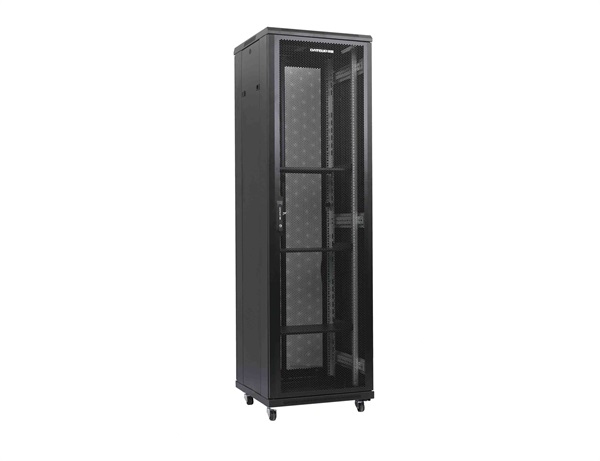News
Site Editor
 Site
https://leonetworkgroup.usa18.wondercdn.com/uploads/image/5fe152faa587d.png
A multimeter is a versatile device used to measure various electrical quantities such as voltage, current, resistance, continuity, capacitance, and frequency. One of the most common uses of a multimeter is to test cables for continuity or faults. Here, we will discuss how to test a cable with a multimeter.Step 1: PreparationBefore testing a cable with a multimeter, ensure you have the appropriate
Site
https://leonetworkgroup.usa18.wondercdn.com/uploads/image/5fe152faa587d.png
A multimeter is a versatile device used to measure various electrical quantities such as voltage, current, resistance, continuity, capacitance, and frequency. One of the most common uses of a multimeter is to test cables for continuity or faults. Here, we will discuss how to test a cable with a multimeter.Step 1: PreparationBefore testing a cable with a multimeter, ensure you have the appropriate
How To Test A Cable With A Multimeter
Views: 825
Author: Site Editor
Publish Time: 2023-07-11
Origin: Site
A multimeter is a versatile device used to measure various electrical quantities such as voltage, current, resistance, continuity, capacitance, and frequency. One of the most common uses of a multimeter is to test cables for continuity or faults. Here, we will discuss how to test a cable with a multimeter.
Step 1: Preparation
Before testing a cable with a multimeter, ensure you have the appropriate instruments. You will need a multimeter, a patch cable (if applicable), and two probes. A patch cable is useful if you do not want to attach the probes directly to the cable you are testing.
Step 2: Set the Multimeter
Configure the multimeter properly for the measurements you intend to make. In this case, set the multimeter to continuity mode (usually indicated by a symbol composed of sound waves). The continuity mode configuration will make the device beep whenever it detects a continuous circuit. Make sure the multimeter is properly calibrated.
Step 3: Connect the probes
Connect the probes to the multimeter. One probe should be set to the common terminal, while the other probe should be set to the continuity function terminal.
Step 4: Test the Cable
Touch the probes to the ends of the cable you intend to test. One probe should be connected to one end of the cable, while the other probe should be connected to the other end of the same cable.
When the probes are connected correctly, and the multimeter is calibrated, the multimeter should beep continuously indicating a complete circuit. If the multimeter does not beep continuously, it indicates that there is no continuity between the probes; hence there may be a fault in the cable, such as a break or a short.
Step 5: Interpret the Results
If the multimeter beeps continuously, it shows that the cable is in good working condition, and there is continuity in the wire. However, if the multimeter does not beep continuously, you can use the multimeter's built-in diagnostic tool to identify if the issue is a break or a short in the cable. Pay attention to the readings on the multimeter and interpret the results accordingly.
In conclusion, using a multimeter to test a cable is an easy and straightforward process. It takes minimal time, yet it can help identify breaks or shorts in the cable. If you find any issues with the cable, it is best to replace it with a new one to ensure optimum performance.
If you want to know more about industrial network cabinet,china fiber optic splice closure,china fiber optic distribution box,please consult the fiber optic splice closure factory









